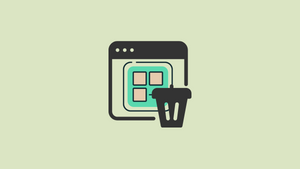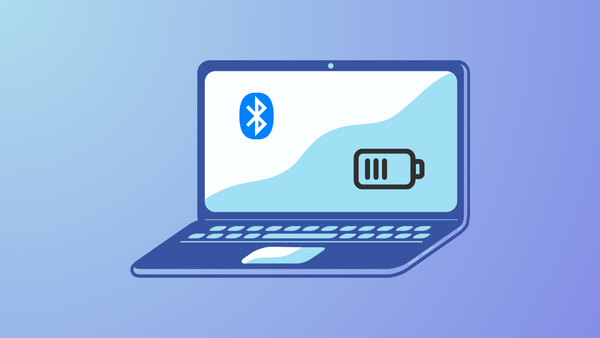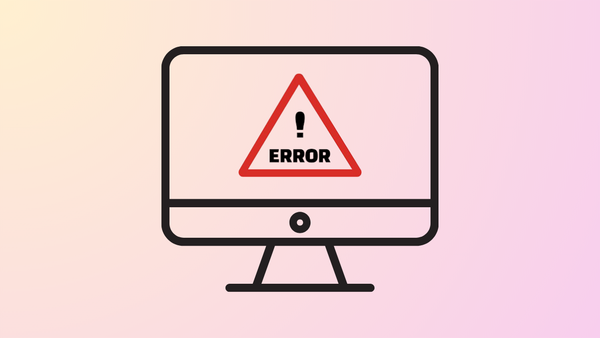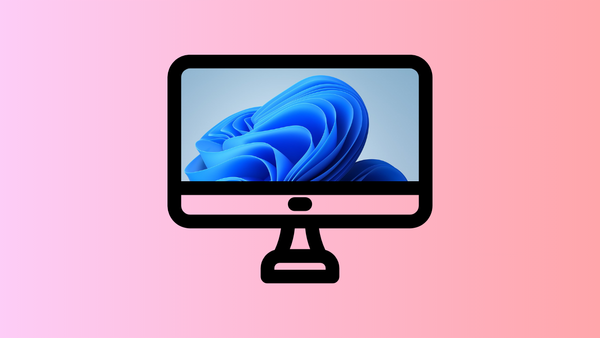Windows 11 comes with several pre-installed apps that you might not need or want. While some of these can be uninstalled through the Settings app, others are more stubborn. Fortunately, there's an efficient way to remove these system apps using the Windows Package Manager (Winget) in PowerShell.
Prerequisites
- Ensure you have Windows 11 updated to the latest version.
- Winget comes pre-installed on Windows 11. If it's not available, you can install it from the Microsoft Store by searching for "App Installer".
Steps to Remove System Apps
- Open PowerShell as Administrator:
- Press Win + X and select "Windows Terminal (Admin)".
- If prompted, click "Yes" to allow the app to make changes.
- List all installed apps:
winget list
This command will display a list of all installed applications on your system.
- Identify the app you want to remove from the list. Note its exact name or ID.
- To uninstall an app, use the following command:
winget uninstall "App Name"
- Replace "App Name" with the exact name of the app you want to remove. For example, to remove the Bing News app:
winget uninstall "News"
- If the app name is ambiguous or doesn't work, use the app ID instead:
winget uninstall --id=AppID
For example:
winget uninstall --id=Microsoft.BingNews_8wekyb3d8bbwe
- For a silent uninstall without any prompts, add the
-hflag:
winget uninstall "App Name" -h
- To remove all data associated with the app, use the
--purgeoption:
winget uninstall "App Name" --purge
Bonus Tips for App Removal
- Use wildcards to remove multiple related apps at once:
winget uninstall "*Xbox*"
This command will uninstall all apps with "Xbox" in their name.
- To see more details about the uninstall process, use the
--verboseflag:
winget uninstall "App Name" --verbose
- If you're unsure about an app, use the
--interactiveflag to go through the standard uninstaller:
winget uninstall "App Name" --interactive
Here's a table of Winget commands for removing various pre-installed Windows 11 apps:
| Application | Winget Removal Command |
|---|---|
| 3D Builder | winget uninstall "3D Builder" |
| Alarms & Clock | winget uninstall "Windows Alarms & Clock" |
| Calculator | winget uninstall "Windows Calculator" |
| Calendar and Mail | winget uninstall "Windows Mail and Calendar" |
| Camera | winget uninstall "Windows Camera" |
| Cortana | winget uninstall "Cortana" |
| Get Office | winget uninstall "Get Office" |
| Get Started | winget uninstall "Get Started" or winget uninstall "Tips" |
| Groove Music | winget uninstall "Groove Music" |
| Maps | winget uninstall "Windows Maps" |
| Microsoft Edge | winget uninstall "Microsoft Edge" |
| Microsoft News | winget uninstall "Microsoft News" |
| Microsoft Solitaire Collection | winget uninstall "Microsoft Solitaire Collection" |
| Microsoft Store | winget uninstall "Microsoft Store" |
| Microsoft Teams | winget uninstall "Microsoft Teams" |
| Microsoft To Do | winget uninstall "Microsoft To Do" |
| Movies & TV | winget uninstall "Movies & TV" |
| OneNote | winget uninstall "OneNote for Windows 10" |
| Paint 3D | winget uninstall "Paint 3D" |
| People | winget uninstall "Microsoft People" |
| Photos | winget uninstall "Microsoft Photos" |
| Skype | winget uninstall "Skype" |
| Snip & Sketch | winget uninstall "Snip & Sketch" |
| Sticky Notes | winget uninstall "Microsoft Sticky Notes" |
| Voice Recorder | winget uninstall "Windows Voice Recorder" |
| Weather | winget uninstall "MSN Weather" |
| Xbox | winget uninstall "Xbox" |
| Xbox Game Bar | winget uninstall "Xbox Game Bar" |
| Your Phone | winget uninstall "Your Phone" |
Note: Some system apps may not be removable, and attempting to uninstall them might result in an error message. Always use caution when removing system apps, as it may affect the functionality of your Windows 11 system.
Remember, you can add flags like -h for silent uninstall or --purge to remove all associated data:
winget uninstall "App Name" -h --purge
If you encounter issues with app names, try using the app ID instead:
winget uninstall --id=Microsoft.WindowsCalculator_8wekyb3d8bbwe
You can find the correct app ID by running winget list and looking for the specific app in the results.
Things to know
- Be careful when removing system apps, as some may be crucial for Windows functionality.
- It's recommended to create a system restore point before removing multiple apps.
- Some core Windows apps cannot be uninstalled and will give an error message if you try.
Using Winget in PowerShell is the most efficient way to remove unwanted system apps in Windows 11. It provides a straightforward, command-line approach that can quickly clean up your system without navigating through multiple GUI screens. Remember to use this tool responsibly to maintain system stability.











Member discussion